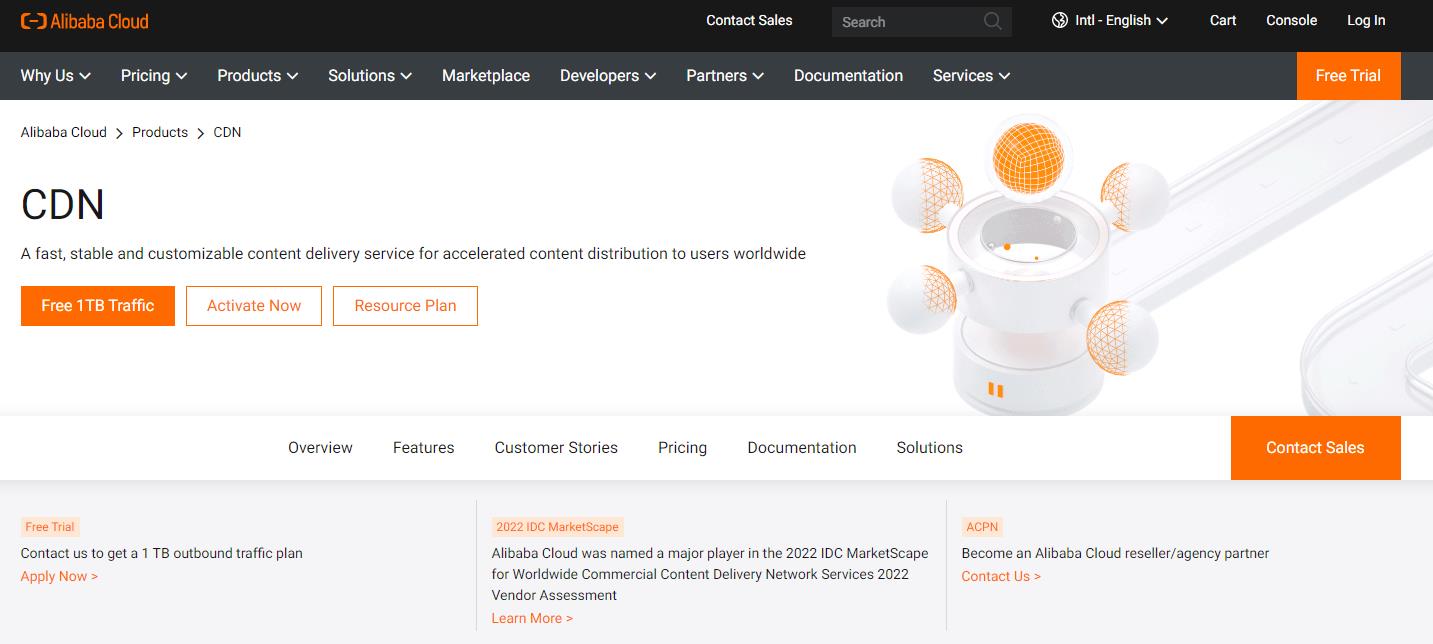CDNs, or content delivery networks, are a crucial component of every online company plan. Nowadays, the majority of consumer data is available online. The end consumer searches for speed while using the internet, whether it’s for a straightforward Google search or to stream a film from Netflix or YouTube.
Suppose that even if your mobile device has a fast internet connection, the live video buffer on Amazon Prime or Netflix is too sluggish. What then guarantees that the user may view material from a game, app, or website at lightning-fast speed?
One may say, a CDN. Not entirely, but it certainly contributes significantly to making sure the information is supplied as soon as feasible.
What is CDN?
A content delivery network, or CDN, is a system of dispersed networks or servers that sends web pages, photos, videos, and other material to users based on their location, the content delivery server, and the hosting server.
This indicates that the user’s location, the location of the hosting server or the website, and the content delivery server’s location are the three main variables involved when a content delivery network (CDN) works.
CDN Explained
Whenever a user queries a webpage via the internet, the CDN starts working. It routes the request to the delivery server nearest to the user from the server of the original site. Cache pictures and other site material are stored by the CDN. In order to transfer any additional stuff that wasn’t previously cached, it makes contact with the original server.
In this case, the user’s request will be handled by the server that is nearest to them. For example, when a user from America tries to visit a website hosted in India, the request is routed through a local CDN server located in America rather than the server of the original website.
An average internet user expects a page to load in two seconds or less, according to findings from an Akamai survey, and they will leave a website after three seconds instead of waiting longer. The difficult issue of latency is resolved by CDNs, which essentially reduce the distance that exists between users and hosting servers.
Even if there are many CDN providers available, it might be challenging for a newcomer to select the best match.
Key Features of Best CDN Providers
Comparisons: Google CDN Vs Amazon Cloud Front Vs IBM Cloud CDN Vs Alibaba Cloud CDN Vs Azure CDN
Alibaba Cloud CDN







